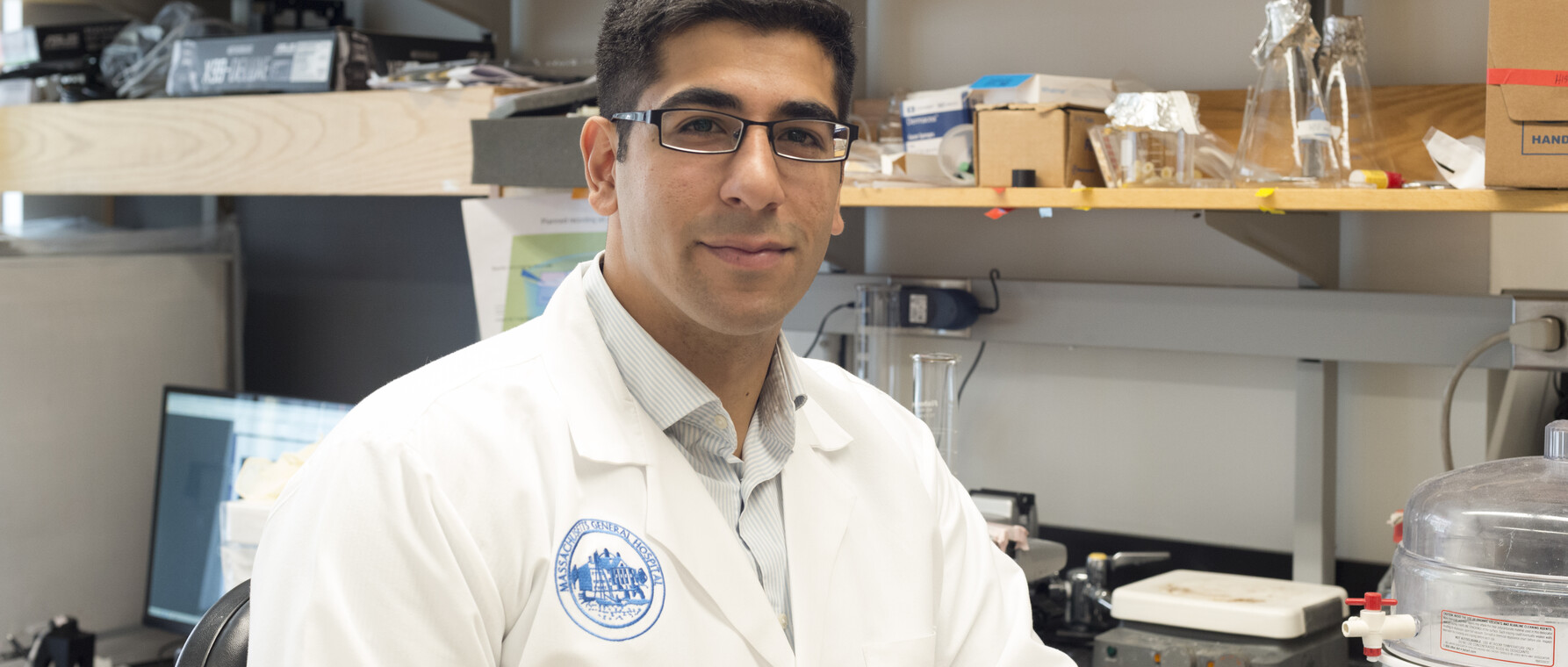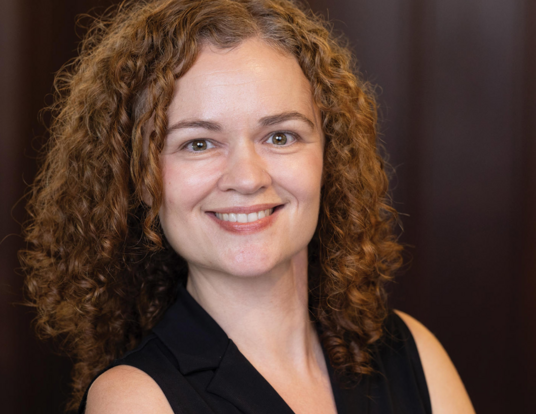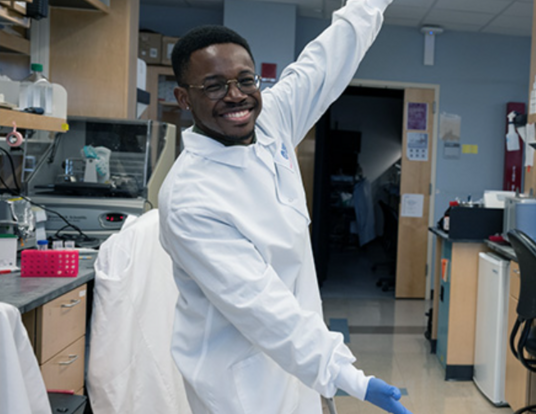A House of One's Own
Senan Ebrahim found a network of support at Quincy House as an undergraduate. Now he's paying it forward as a pre-med tutor.

Remembering his time as a Harvard undergraduate, Senan Ebrahim jokingly describes himself as an undifferentiated stem cell. “I was considering a number of different careers and academic fields,” the MD/PhD student in neuroscience explains. Then a resident of Quincy House, Ebrahim turned to the House’s tutors. “They had such a wide range of expertise and part of the way I decided what to do was through conversations with them and by shadowing them.” One tutor, Nicolas Gonzalez Castro, now the chief neurology resident at Massachusetts General Hospital (MGH), played a particularly important role. “It was through meeting him and other physicians that I decided that the path of a physician-scientist is what I wanted to do.”
A Part of the Community
The mentorship Ebrahim received from the tutors at Quincy House was essential in helping him decide to pursue an MD/PhD. Now as a resident tutor himself, he’s paying it forward. “That’s the selfless aspect of why I wanted to be a tutor,” Ebrahim confesses. “The selfish aspect is that I really love being a part of this community, with its great cast of characters that I’ve known for a long time.”
As the Quincy House pre-med tutor, Ebrahim is part of a team of resident and non-resident tutors, a mix of physicians and current medical students, that provide mentorship and support to students applying to medical school. “The large team allows students to have their mentor’s full attention.”
Mentoring future doctors is not all Ebrahim does at Quincy. “I also help out with fellowships, intramural sports, the gym, wellness,” he lists off quickly. “We’re trying to encourage students to practice yoga and meditation, to take care of themselves in general.” Intramural sports, where Quincy members play in water polo or broom hockey tournaments against students from other Houses, is an important part of that. “For some people it can be kind of boring to just go to the gym and be on the treadmill or do weights, so why not get people to have fun and trick them into getting involved in fitness?”
For Ebrahim, his time as a resident tutor has shown him that mentorship is actually a two-way street. “It’s great being a mentor and teaching undergraduates, but I’ve also picked up a great deal of new knowledge from them along the way.” Ebrahim gives the example of machine learning, which he uses in his PhD research to identify specific electrophysiological features that can help predict oncoming seizures. “I know a little bit about computer science and applied math, but I never immersed myself in them the way some of the students here have,” he explains. “More and more I’m finding that I’m learning from the undergraduates,” he says.
Making the Unpredictable Predictable
Seizure prediction is one of the most common requests from patients with epilepsy and for Ebrahim, one case perfectly illustrates why. “This patient’s seizure was extremely severe, what we call a tonic-clonic seizure, which involves the entire brain,” he explains, describing the case he observed as a first year medical student while shadowing clinically in the neurology wards. First the patient’s speech became affected, followed by shaking on the right side of the body that progressed to a full body shake. That patient was in danger of progressing to what is called status epilepticus, a seizure that lasts more than five minutes and requires medical intervention to stabilize. “That’s the seizure I most remember,” Ebrahim says. “It was dramatic and also potentially the most harmful for the patient.”
Ebrahim’s advisor is Sydney Cash, an associate professor of neurology at Harvard Medical School, and his research in the Cash lab at MGH is focused on removing the unpredictability of seizures. To discover the telltale electrophysiological signs of an oncoming seizure, he has worked with rats to build up a databank of electroencephalograph and local field potential readings.
In movies, seizures are almost always depicted by shaking and jerking. In reality, they are a broad category that covers multiple forms of repetitive electrical activity in the brain affecting the body. “There are absence seizures, where the patient is sitting staring off into space, and there can be gelastic seizures, where it looks like they’re laughing or crying,” Ebrahim says describing other types of seizures.
A successful seizure prediction system has to take into account these variabilities. “Generally, each type of seizure shows similarities in both electrophysiological activity and brain region involvement,” Ebrahim explains. “Physiologic traces will be more similar between random patients with the same type of epilepsy.” An added difficulty is that these traces don’t just vary between types of epilepsies, but also between epileptic events in the same patient. “That’s something we’re trying to model,” Ebrahim says. “It’s very important for us to take into account the variability between seizures within one subject as well as between various subjects.”
Ebrahim theorizes that the best predictive systems will come from first creating a generalized prediction using pooled electrophysiologic readings from multiple subjects and then tweaking that prediction for individual patients as more patient-specific data is accumulated. “Ultimately, patients want a way to know that a seizure is coming. Even if you can’t prevent or preempt it, if you know it’s coming, you remove the unpredictability aspect and life can be much closer to normal.”
Regaining Perspective
During the summers, when he has fewer activities at Quincy House, Ebrahim spends his most of his day working on seizure prediction. “Come the end of August, when the undergraduates return to campus, I’m drained,” he admits. “Graduate school can be really isolating when you’re in lab all day, so it’s nice to come home to a family-type community and this infusion of people.” When Ebrahim remembers his years as an undergraduate, he describes the high energy levels at Harvard College as overwhelming at times. Now as a tutor, however, they’re energizing. “It’s infectious, in a good way,” he chuckles. “The undergraduates are curious and they ask a million questions that you haven’t thought about in a long time. It helps me regain perspective and informs the direction of my work.”
Photo by Molly Akin
Get the Latest Updates
Join Our Newsletter
Subscribe to Colloquy Podcast
Simplecast




